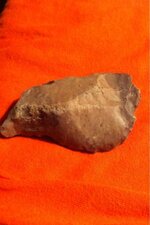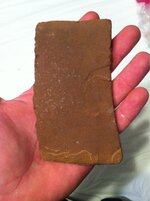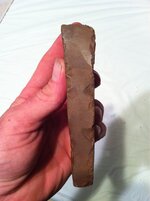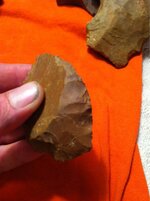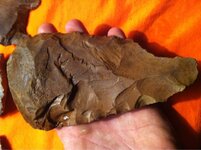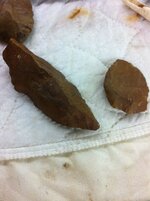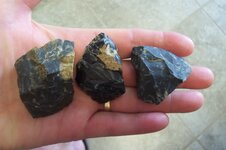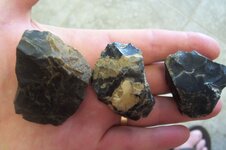painterx7
Silver Member
- Jul 20, 2013
- 2,886
- 2,579
- Primary Interest:
- All Treasure Hunting
Here are some artifacts tell me what you think
Amazon Forum Fav 👍
Attachments
-
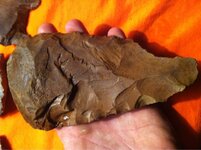 image-2532349476.jpg74.6 KB · Views: 129
image-2532349476.jpg74.6 KB · Views: 129 -
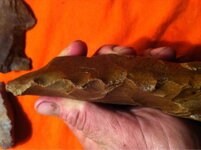 image-13782096.jpg58.6 KB · Views: 123
image-13782096.jpg58.6 KB · Views: 123 -
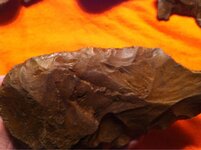 image-3380161943.jpg57.2 KB · Views: 109
image-3380161943.jpg57.2 KB · Views: 109 -
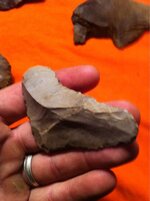 image-2480622305.jpg53.9 KB · Views: 150
image-2480622305.jpg53.9 KB · Views: 150 -
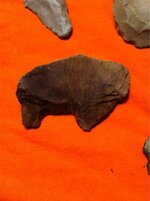 image-3650997492.jpg63.2 KB · Views: 139
image-3650997492.jpg63.2 KB · Views: 139 -
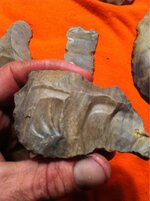 image-4093986060.jpg65.7 KB · Views: 123
image-4093986060.jpg65.7 KB · Views: 123 -
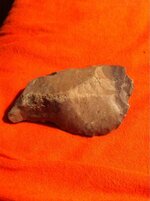 image-416655114.jpg78.9 KB · Views: 111
image-416655114.jpg78.9 KB · Views: 111 -
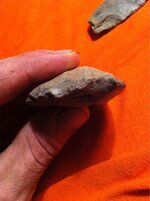 image-389521485.jpg67.8 KB · Views: 103
image-389521485.jpg67.8 KB · Views: 103
Upvote
0


